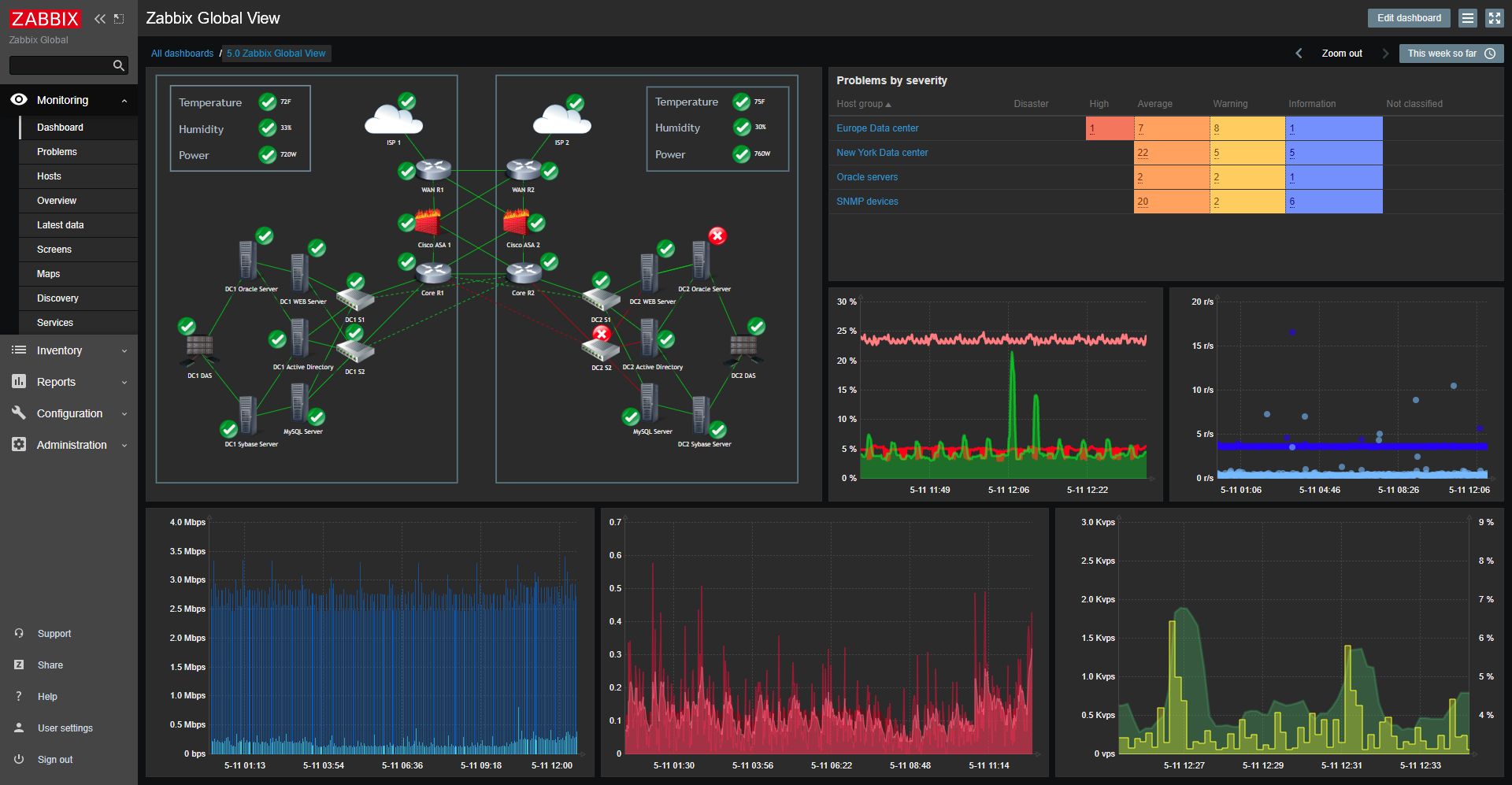Are you looking to enhance your cloud server performance and boost your application’s efficiency and security? Look no further than our comprehensive guide on optimizing cloud server performance. In this article, we will delve into best practices, monitoring metrics, troubleshooting tips, and advanced techniques that will help IT professionals and cloud server administrators elevate their cloud server performance to new heights. Whether you are aiming to improve scalability, enhance security, or simply maximize efficiency, this ultimate guide has got you covered.
In the fast-paced world of cloud computing, ensuring optimal cloud server performance is crucial for the success of any IT infrastructure. By implementing the strategies outlined in this guide, you can unlock the full potential of your cloud servers and achieve unprecedented levels of performance. From fine-tuning your server configurations to leveraging advanced optimization techniques, learn how to harness the power of the cloud to drive your business forward. Stay tuned as we explore the intricacies of cloud server performance optimization and empower you to take your IT operations to the next level.

Best Practices for Optimizing Cloud Server Performance
Right-sizing Resources
Choosing the right server size and configuration is paramount for successful cloud server performance optimization. Tailoring resources to meet your application’s specific demands ensures optimal performance and efficient resource utilization. By understanding your workload and scaling requirements, you can avoid over-provisioning, saving costs, and enhancing overall performance.
Monitoring and Performance Tuning
Continuous monitoring of cloud server metrics is essential for proactive performance tuning. By analyzing key performance indicators, administrators can identify bottlenecks, trends, and anomalies, enabling timely adjustments to optimize server performance. Regular tuning of server settings based on real-time data helps maintain peak performance and preempt performance degradation.
Load Balancing
Implementing a robust load balancing strategy is key to distributing incoming traffic efficiently across multiple servers. By evenly distributing workloads, load balancers enhance scalability, mitigate traffic spikes, and reduce latency. This practice not only boosts performance but also improves fault tolerance, ensuring high availability for critical applications.
Caching and Content Delivery Networks (CDN)
Leveraging caching mechanisms and content delivery networks (CDN) can significantly enhance cloud server performance optimization. Caching frequently accessed data locally reduces server load and accelerates content delivery speed. Integrating CDN services further boosts performance by delivering content from servers closer to end-users, reducing latency and enhancing user experience.

Maximizing Cloud Server Performance through Monitoring and Metrics
Enhancing Performance through Comprehensive Monitoring
Efficient CPU utilization monitoring is pivotal for Cloud server performance optimization. By tracking CPU resources, potential bottlenecks are easily identified, allowing for timely optimization to maintain peak performance levels. This data-driven approach ensures optimal server functionality and responsiveness for seamless operations.
Ensuring Stability with Data-Driven Metrics
Monitoring memory usage is critical in detecting memory issues that can impact server performance. By analyzing memory consumption patterns, IT professionals can pinpoint memory leaks or excessive usage, enabling proactive measures to optimize memory allocation and enhance system stability.
Optimizing Network Performance for Seamless Connectivity
Measuring network latency provides insights into the speed of data transmission between servers and users. By monitoring latency metrics, administrators can identify network performance bottlenecks and fine-tune network configurations to improve connectivity, ensuring smooth and uninterrupted data flow across the cloud infrastructure.
Streamlining Storage Operations for Enhanced Efficiency
Effective Disk I/O monitoring offers valuable insights into storage performance and potential bottlenecks. By tracking read/write operations on server storage, administrators can optimize disk usage, fine-tune storage configurations, and address any I/O bottlenecks that may impede server performance, ultimately enhancing overall system efficiency.
In conclusion, employing a proactive cloud server performance monitoring strategy that focuses on CPU utilization, memory usage, network latency, and disk I/O metrics is integral to achieving optimal Cloud server performance optimization. By leveraging these monitoring tools and metrics, IT professionals and cloud server administrators can fine-tune their server infrastructure, identify performance inefficiencies, and implement targeted optimizations to maximize cloud server performance and productivity.
![]()
Troubleshooting Cloud Server Performance Issues
When faced with cloud server performance issues, identifying performance bottlenecks is the initial step. Analyze server metrics and application logs meticulously to pinpoint performance bottlenecks accurately. This detailed examination enables swift and effective resolution of underlying problems, enhancing overall cloud server performance optimization.
For optimal resource optimization, it is crucial to adjust server resources like CPU and memory based on the application’s requirements. By aligning resources to meet specific demands, you can eliminate resource constraints that hinder performance. This proactive approach ensures smooth operations and enhances cloud server performance optimization effectively.
Network troubleshooting plays a vital role in resolving cloud server performance issues. Conduct thorough checks on network connectivity, latency, and bandwidth to uncover and address any network-related performance bottlenecks. Ensuring a robust and efficient network infrastructure is fundamental for seamless cloud server performance optimization.
Regularly applying software updates and patches is essential for maintaining optimal cloud server performance. These updates not only address bugs and vulnerabilities but also improve server performance and security. By staying current with software maintenance, you can safeguard your cloud servers and uphold high levels of performance optimization.

Advanced Techniques for Cloud Server Performance Optimization
In the realm of cloud server performance optimization, deploying advanced techniques can significantly elevate your infrastructure’s efficiency and responsiveness. Embracing containerization allows you to encapsulate applications for seamless deployment across environments, fostering resource efficiency and enhanced portability. By leveraging serverless computing, you can transcend traditional server management constraints, enabling automatic scaling and dynamically allocating resources as required, thus streamlining operations while boosting performance.
Auto-scaling emerges as a game-changer in cloud server performance optimization, offering a dynamic solution to fluctuating workloads. By integrating auto-scaling mechanisms, your infrastructure gains the ability to adapt instantaneously, allocating server resources in real-time to meet demand spikes efficiently. Additionally, harnessing cloud-native tools and services empowers you to leverage cutting-edge technologies like load balancers and managed databases. These tools not only optimize performance but also simplify server management through automated processes, allowing you to focus on strategic tasks rather than routine operational activities.







